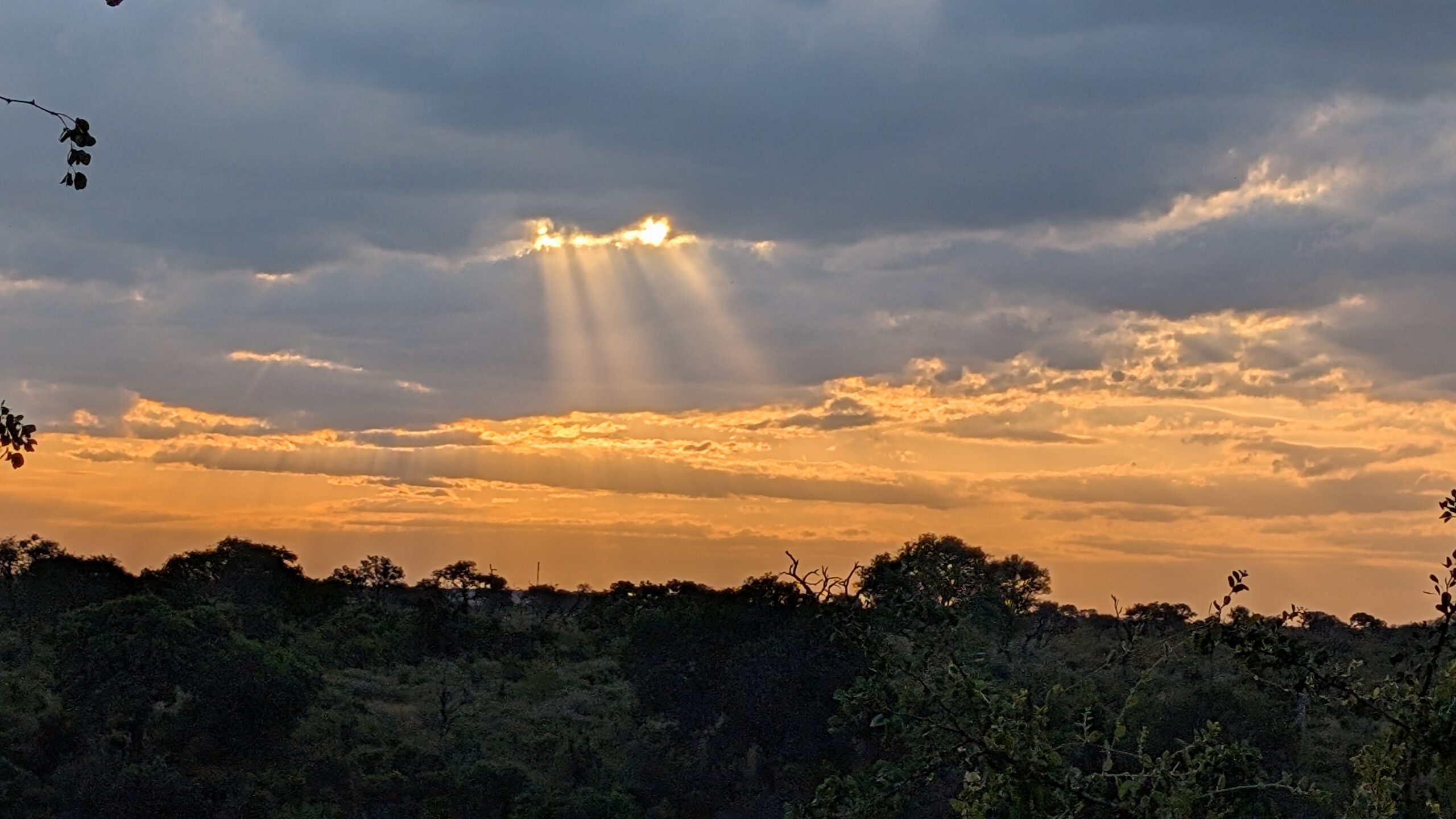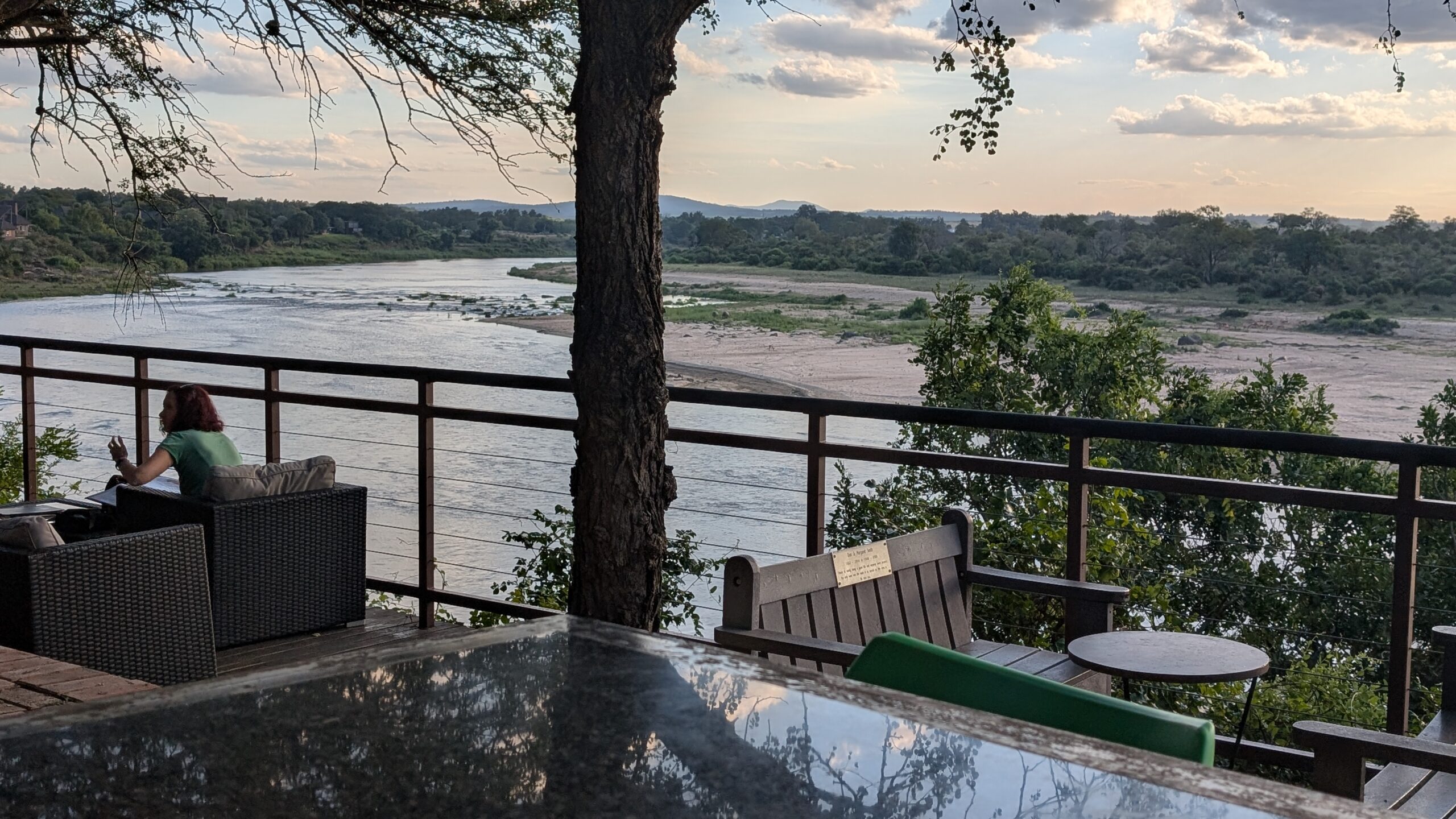
From Travel & Leisure online magazine here:
This Is the No. 1 Travel Credit Card for 2025, According to a New Report
From no-fee favorites to premium perks, J.D. Power’s latest study reveals the cards cardholders love and which ones fall short. By Michael Cappetta, published on August 18, 2025
Rewards credit cards can lead to points for things like free airline tickets or hotel stays, and a new report reveals the ones that travelers love most.
American Express ranked as the top issuer in overall customer satisfaction, according to J.D. Power’s 2025 U.S. Credit Card Satisfaction Study. That was followed by Bank of America and Capital One. Chase Bank—which is known for its popular Chase Sapphire Reserve card—along with Discover and Wells Fargo, ranked as the next three. Each of the top six came in above the industry average.
John Cabell, the managing director of payments intelligence at J.D. Power, said in a statement increases in overall satisfaction are being driven by “cardholders with higher financial health scores and no revolving debt—especially those using cards with points/miles rewards programs and annual fee cards.”

On the opposite end of the spectrum were Credit One Bank, Premier Bankcard, and FNBO, which ranked as the lowest in overall customer satisfaction.
To determine its rankings, J.D. Power surveyed more than 37,000 credit card customers between June 2024 and June 2025.
When it comes to the best rewards credit cards without annual fees, the Capital One Savor Rewards Card, the Citi Double Cash card, and the Discover It Student Cash Credit Card ranked as the highest.
Among co-branded cards without an annual fee, the Hilton Honors American Express card, the Costco Anywhere Visa by Citi card, and the Apple Card took the top three spots in overall customer satisfaction.
Many travel and rewards credit cards have annual fees to help offset the numerous perks and opportunities they provide to customers. Within this category, The Platinum Card from American Express took the top spot, followed by the Bank of America Premium Rewards Elite card, the American Express Gold Card, and the Chase Sapphire Reserve.
The cards may be costly (Chase just raised its annual fee on the Reserve card to $795), but the perks can also be lucrative for travelers and shoppers. American Express Platinum cardholders, for example, receive access to more than 1,400 airport lounges, $200 in annual Uber credits, and a $300 credit to Equinox gyms, among other things.
For frequent flyers, American Airlines’ Citi/AAdvantage Executive World Elite Mastercard was the top-ranked airline co-branded card.
But all these rewards did come at a cost: more than half of survey respondents were described as “financially unhealthy” and carried credit card balances.
“There was a significant increase in the number of financially unhealthy cardholders and those carrying revolving debt in early fielding of the study,” Cabell said in the statement.

Beyond credit cards, J.D. Power also looks at other travel-related industries, including the top travel apps and websites. In that 2023 ranking, the company found Alaska Airlines, Southwest Airlines, and JetBlue had the highest customer satisfaction for airlines, while World of Hyatt, Choice Hotels, and Hilton Honors took the top spots for hotels.”
We have some of the cards as mentioned above, but we’ve avoided American Express since we’ve found it is not accepted in many instances due to vendors’ higher processing fees. In some cases, the processing fees are charged back to us at the time of purchase, and we’re not willing to pay those fees.
On another note, last night we attended an enjoyable braai/house party at Daphne and Neville’s lovely home, not far from us. The ambiance, the food, the dart games, and the musical entertainment were over the top. We couldn’t have had more fun! Thanks to our great hosts for this fantastic and memorable event at their home in the bush!
Be well.
Photo from ten years ago today, August 24, 2015:

























































